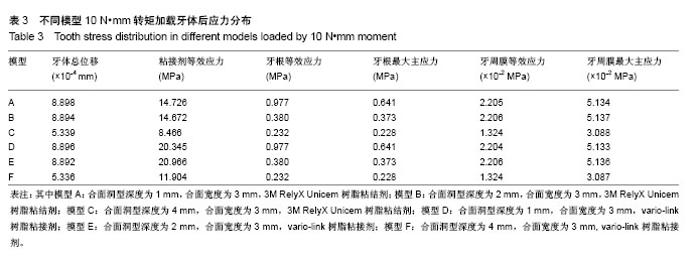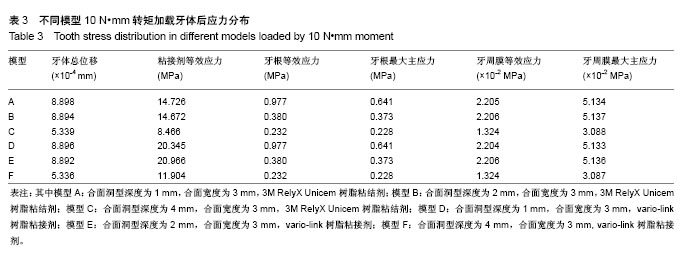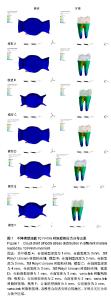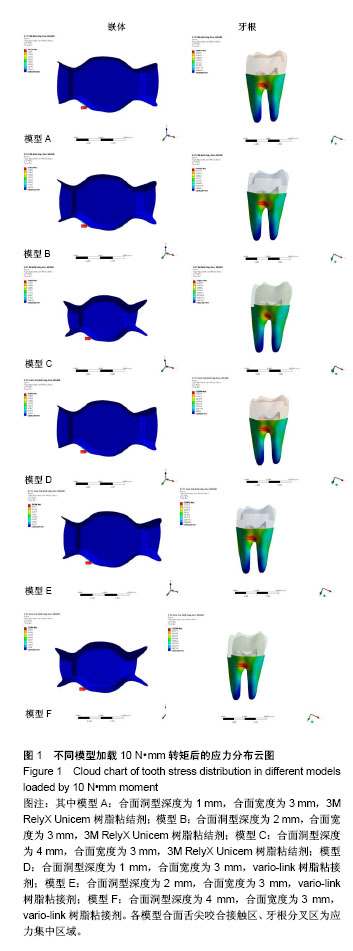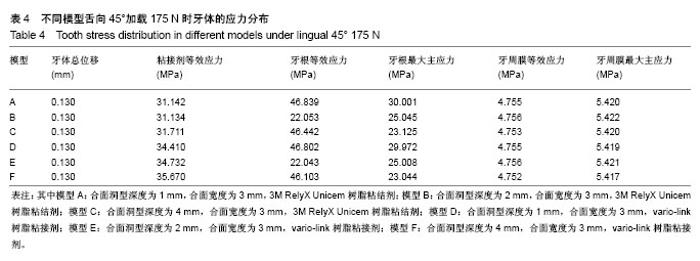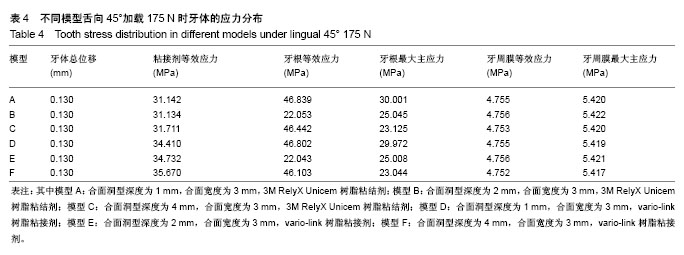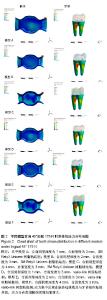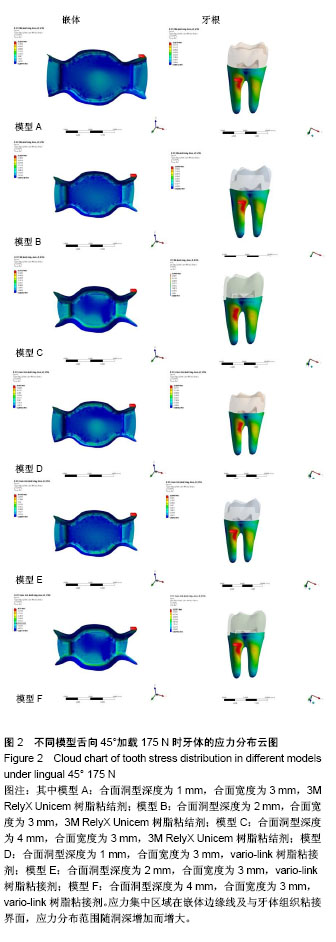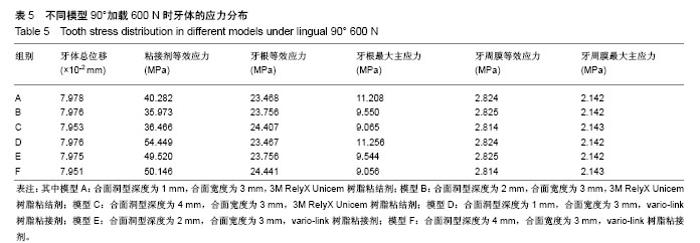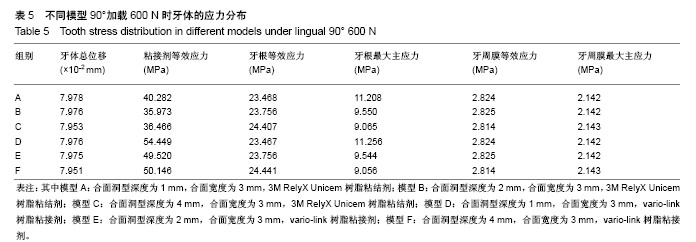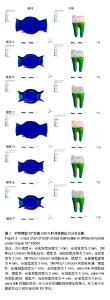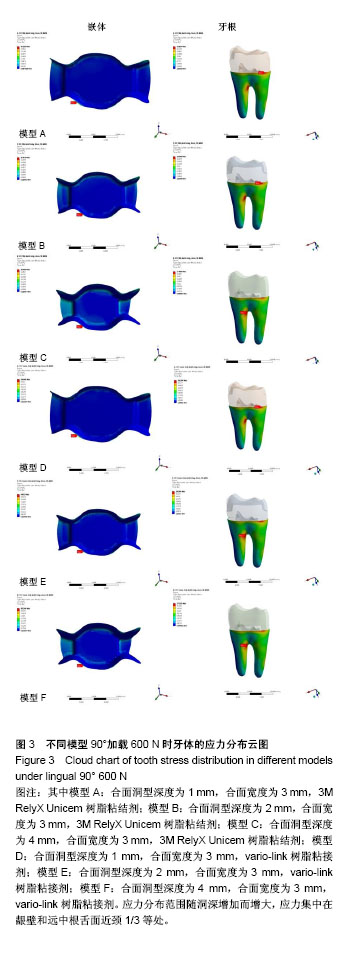| [1] 郭莉,王晓洁,万荣,等.金合金高嵌体在重度磨耗磨牙的临床应用[J].口腔颌面修复学杂志,2016,17(6):332-335.[2] 张珑,李芳萍,杨柏松,等.不同材料嵌体修复邻牙合(II类)洞型的三维有限元研究[J].西安交通大学学报(医学版), 2015,36(12): 201-205,214.[3] 刘小嘉,吴敏节.有限元法在不同嵌体材料修复中的应力分析[J].华南国防医学杂志,2014,28(3):202-205,208.[4] 韩梦.四种修复方法对不同程度缺损下下颌第一磨牙应力的影响—三维有限元研究[D].郑州:郑州大学,2015.[5] Holberg C, Winterhalder P, Wichelhaus A, et al. Fracture risk of lithium-disilicate ceramic inlays: a finite element analysis. Dent Mater. 2013;29(12):1244-1250. [6] Momoi Y, Hayashi M, Fujitani M, et al. Clinical guidelines for treating caries in adults following a minimal intervention policy--evidence and consensus based report. J Dent. 2012; 40(2):95-105. [7] 陈婧娉.嵌体修复下颌第一磨牙的有限元应力分析[D].广州:南方医科大学,2010.[8] 刘利军,缪羽.三种不同材料的带桩高嵌体修复上颌第一前磨牙的三维有限元分析[J].中华老年病学杂志,2015,13(3):168-172.[9] 李冰,武秀萍,马雅静,等.粘接剂种类对全瓷桩核冠修复效果影响的三维有限元分析[J].临床口腔医学杂志, 2015,31(8):459-461.[10] Holberg C, Rudzki-Janson I, Wichelhaus A, et al. Ceramic inlays: is the inlay thickness an important factor influencing the fracture risk? J Dent. 2013;41(7):628-635.[11] 张珑,逯宜,杨柏松,等.不同大小MO洞型复合树脂嵌体修复应力分布的有限元分析[J].上海口腔医学,2015,24(2):170-176.[12] Manhart J, Chen HY, Neuerer P, et al. Three-year clinical evaluation of composite and ceramic inlays. Am J Dent. 2001; 14(2):95-99.[13] Peters MC, de Vree JH, Brekelmans WA. Distributed crack analysis of ceramic inlays. J Dent Res. 1993;72(11): 1537-1542.[14] Mei ML, Chen YM, Li H, et al. Influence of the indirect restoration design on the fracture resistance: a nite element study. BioMed Eng OnLine 2016,15(3):1-9. |
